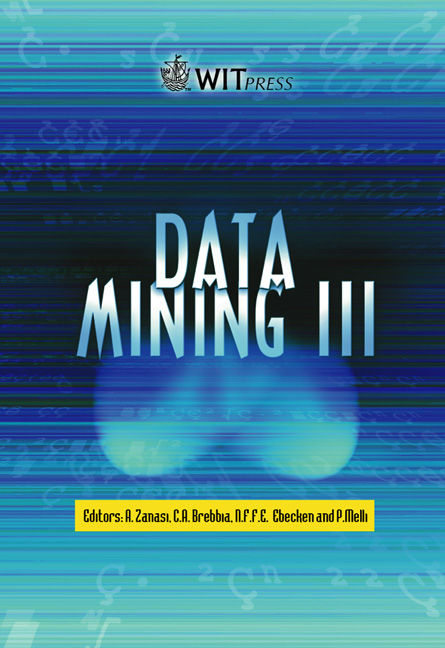Interpreting Neurally Encoded Financial Trading Strategies
Price
Free (open access)
Volume
28
Pages
Published
2002
Size
577 kb
Paper DOI
10.2495/DATA020481
Copyright
WIT Press
Author(s)
A Skabar & I Cloete
Abstract
Several sources have suggested the use of neural networks for discovering trading strategies for buying and selling financial commodities on a stock exchange. However, a problem with neural network based trading systems is understanding their behaviour. The trading strategy is imbedded in the network weights, and visual inspection of these weights does not usually reveal any particular regular structure, or a clear interpretation of what the agent does. This paper reports the analysis of neural network behaviour in predicting buy and sells points for the Dow Jones Industrial Average index over a two-year trading period. The results show that the network represents rules that are similar to those discussed in many texts in the technical analysis literature. 1 Introduction Approaches to share trading fall broadly into two categories—those that rely on technical analysis, and those that rely on fundamental analysis. While fundamental analysis is based on information from the economic system surrounding the market (interest rates, world events, prices of other assets, etc.), technical analysis bases trading decisions on historical data only (past prices, volume of trading, etc.). The use of technical analysis goes against the grain of conservative academic opinion, which regards this behaviour as irrational given the efficient markets hypothesis, and its corollary that prices follow a random walk [1]. However, despite the implications of the efficient markets hypothesis, many traders continue to make buy and sell decisions based on historical data. These decisions are made under the premise that patterns exist in the (historical) data, and that these patterns can be exploited in financial decision-making.
Keywords





